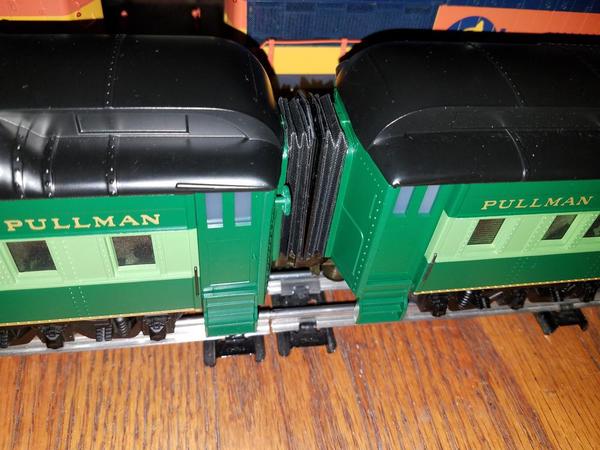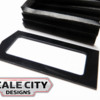I am thinking of adding Diaphragms to some cars. There are two styles that I can see from scale city

48-225 is just the bellows and strikers

48-024 has a bunch of other parts that look kind of fun. except I have no idea what they are.
Does some one by any chance have a copy of the directions that come with that kit they could either post or send me?
So I can figure out which I want to buy, and how the parts go on. An explanation of what the parts do on a real train would be swell also, or a diagram or something that shows it. My google fu is being troublesome I am having a hard time finding anything useful
















